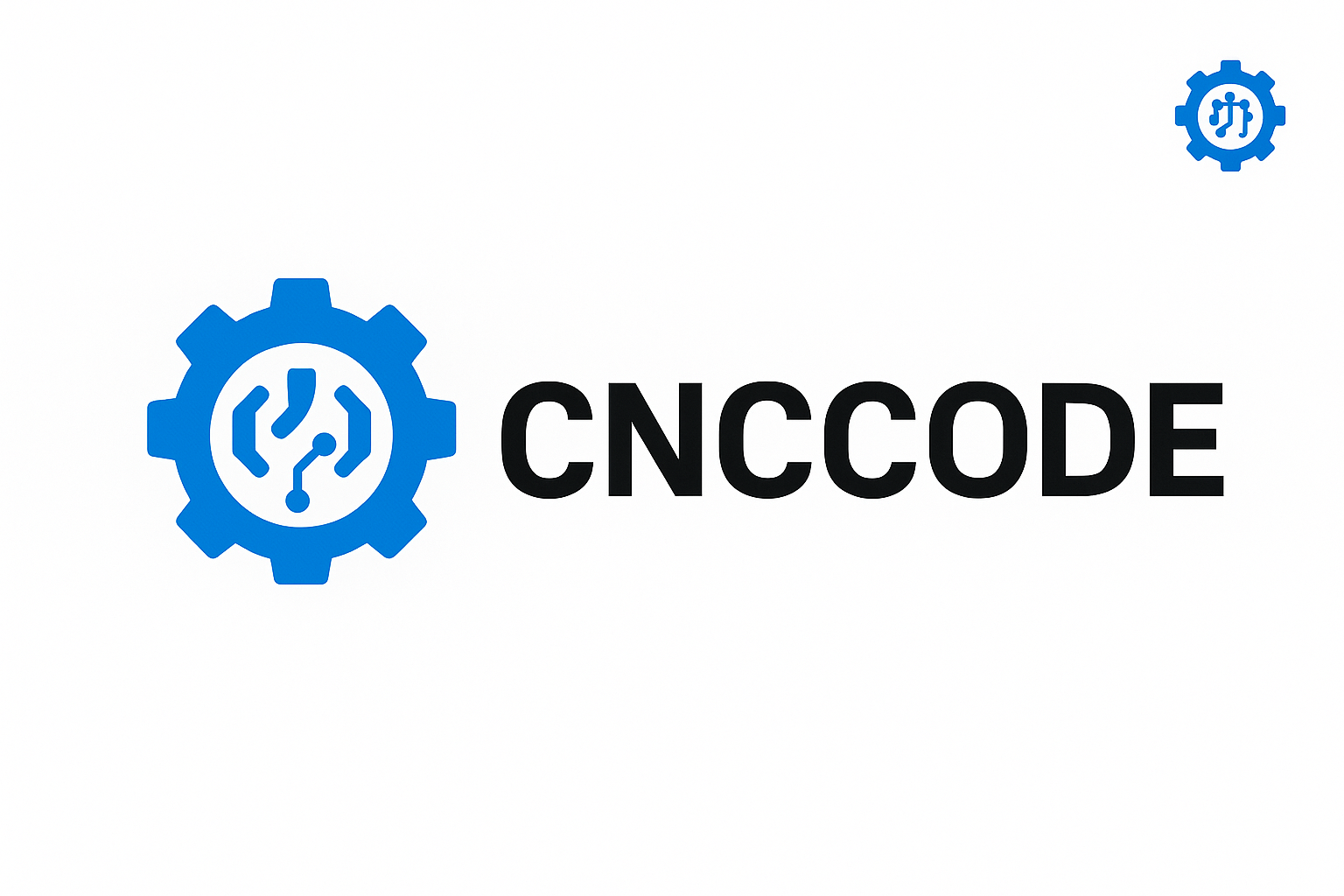Discover all major CNC machine types including 3-axis, 5-axis, Swiss-type, and hybrid CNCs. Learn which CNC machine suits your industry, skills, and future manufacturing needs.
CNC Machine Types Explained: From 3-Axis Mills to 9-Axis Hybrids – A Complete Guide for 2025 & Beyond
Understanding different CNC machine types is crucial for manufacturers, engineers, and enthusiasts looking to optimize productivity, accuracy, and cost-effectiveness. This guide covers all major types of CNC machines used across industries—from basic 3-axis mills to advanced multi-axis and hybrid systems—with insights into use cases, capabilities, and future potential.
1. 3-Axis CNC Machines
The entry point into CNC machining. These machines move along the X, Y, and Z axes and are perfect for basic contouring, milling, drilling, and pocketing operations. Ideal for schools, small workshops, and low-complexity parts.
- TBM Keywords: “3-axis CNC machine price”, “best 3-axis CNC for beginners”, “3-axis milling machine cost”
2. 4-Axis CNC Machines
These machines include an additional rotary axis, allowing work on cylindrical objects without manual repositioning. Popular in automotive and aerospace sectors for increased accuracy and production speed.
- Common Types: Vertical Machining Centers (VMCs) with rotary tables
- TBM Keywords: “4-axis CNC uses”, “rotary CNC machine for aluminum”, “4-axis CNC cost”
3. 5-Axis CNC Machines
5-axis machines are game changers for complex geometries, especially in aerospace, mold making, and medical industries. They allow simultaneous movement along 5 axes, enabling undercuts and compound angles in a single setup.
| Feature | Benefit | Industries |
|---|---|---|
| Simultaneous 5-axis motion | Reduced setups and higher precision | Aerospace, Implants, Robotics |
| Automatic Tool Changer (ATC) | High production rate | Mass production environments |
- TBM Keywords: “best 5-axis CNC machine 2025”, “5-axis CNC for titanium”, “high-end CNC milling machine”
4. CNC Lathes (Turning Centers)
CNC lathes rotate the workpiece while cutting tools move linearly, making them ideal for cylindrical parts like shafts, threads, and bushings. Advanced lathes include live tooling and Y-axis control for more complex parts.
- Variants: Twin-spindle, bar-fed, slant-bed, and Swiss-style CNC lathes
- TBM Keywords: “Swiss CNC lathe price”, “CNC turning vs milling”, “CNC lathe for jewelry”
5. CNC Routers
Primarily used for soft materials like wood, plastics, foam, and aluminum, CNC routers offer high-speed production with less tolerance compared to mills. Common in signage, furniture, and packaging industries.
- TBM Keywords: “best CNC router for aluminum”, “hobbyist CNC router 2025”, “CNC router vs CNC mill”
6. Multi-Axis and Swiss-Type CNC Machines
Multi-axis CNCs (7 to 9 axes) and Swiss-type lathes are tailored for highly intricate parts with micrometer precision. These machines dominate industries like medical, watchmaking, and aerospace components.
- TBM Keywords: “9-axis CNC machine cost”, “Swiss CNC for dental implants”, “multi-axis CNC machine advantages”
7. Hybrid CNC Machines (Additive + Subtractive)
Hybrid CNC machines combine additive manufacturing (3D printing) with traditional subtractive processes. These are increasingly popular in aerospace and prototyping environments for lightweight, complex geometry parts.
- TBM Keywords: “hybrid CNC 3D printer”, “CNC additive manufacturing machine”, “CNC with laser and mill combo”
Comparison Table: CNC Machine Types
| Machine Type | Axes | Ideal Use | Avg. Price |
|---|---|---|---|
| 3-Axis Mill | 3 | Basic cutting, education | $5,000 – $25,000 |
| 5-Axis Mill | 5 | Complex geometry, aerospace | $50,000 – $500,000+ |
| Swiss CNC | Up to 9 | Micro parts, precision | $100,000+ |
| CNC Lathe | 2–4 | Turning, threading | $8,000 – $70,000 |
| Hybrid CNC | Multi | R&D, prototyping | $150,000 – $600,000 |
Conclusion: Choosing the Right CNC Machine for 2025 and Beyond
The best CNC machine type for you depends on the complexity of parts, industry demands, and automation needs. As smart manufacturing and Industry 4.0 continue to evolve, machines with more axes, AI integration, and hybrid capabilities will dominate. Investing in the right machine now ensures your workshop remains competitive and future-proofed.
Whether you’re a hobbyist, educator, or large-scale manufacturer, understanding CNC machine types is your gateway to smarter, faster, and more profitable machining.

Leave a comment